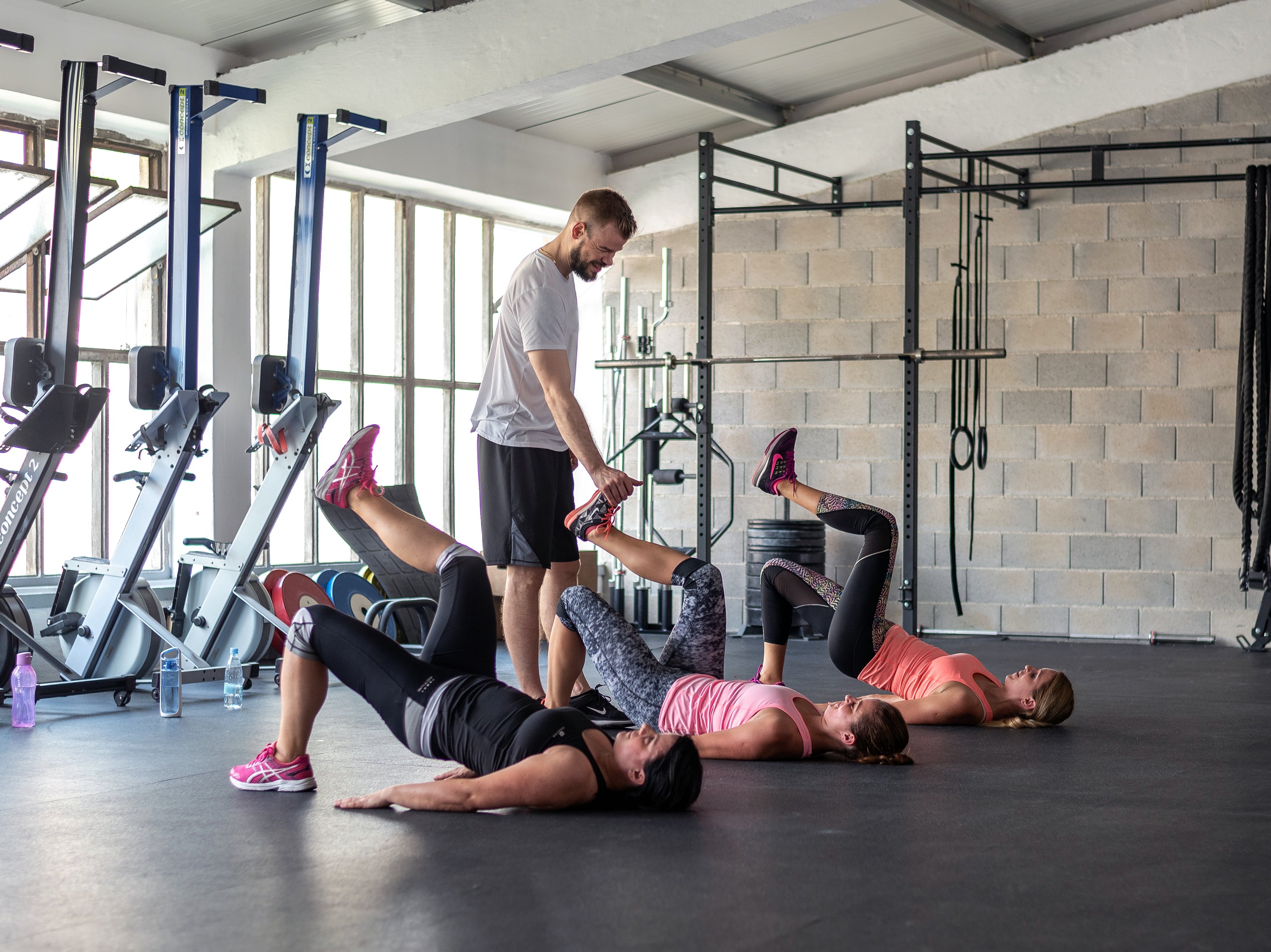
How Much Variety Should Your Team Training Program Involve?
How much are you willing to deviate from the plan, that is how much diversity are you willing to incorporate in order to keep clients motivated and still make sure they are getting decent results?
In gyms whose core business includes group training or team training, as we like to call it, there is a constant battle, and ultimately compromise, between variety and consistency in exercise selection when designing the programs. On the one hand, we know that in order to progress, we need to be consistent in the main lifts or movements, and apply the principle of progressive overload. However, most clients who take part in team training may not be motivated enough to care about these principles. If the program is too complex or they are doing the same training week in, week out, they will invariably get bored.
Consistency in the core movements, diversity in variations
In order to address this issue, the coach designing or writing the training program should have a sound knowledge base of the core movements, which include squatting, hinging, pulling, pushing, jumping as well as movement in the various planes, including the frontal (also known as the coronal) plane, sagittal plane, and transverse plane. From there, it is easier to include variety, as the coach will use regressions, progressions and different choices of exercises that address the same purpose.
For instance, a deadlift variation using a kettlebell (kettlebell deadlift) in one session would switch to a kettlebell swing (still a hip hinge movement) in the second and a kettlebell good morning in the third group training session of the week, or in week 2 and week 3 of the training cycle, respectively.
A squat variation would see a goblet squat in week 1, single-arm kettlebell squat in week 2 and 2-kettlebells front squat in week 3. However, remember that safety should never be compromised for diversity, so until a certain individual or group of clients is ready for a certain exercise or movement, regress them to what you are sure they can handle in terms of range of motion and weight.
Use multi-joint, whole body exercises in the warm up and activation phase
The importance of the warm up and activation phase of a training session should never be understated. As such, it’s important to include multi-joint and whole body exercises at this stage of the session. Exercises like the Turkish get up and bodyweight lunge to single-leg deadlift should feature in the preparatory phase as they incorporate mobility, stability and multi-planar movement elements. If using weights at this stage, they should be light enough to allow for perfect form. Also remember that even these exercises should be scalable, as not everyone will be able to perform them correctly with added external load. There should always be a bodyweight version available to the coach, particularly when training a large group, where it is difficult to provide a lot of hands-on cueing to multiple individuals.
Coaches should maintain an extensive “tool box” of exercises and routines for the warm up and activation phase, as clients may get bored doing the same protocol over and over again. On the other hand, it is important to apply the basic rules of movement preparation to every group training session in order to avoid the chance of injury.
Constantly varied or constantly consistent?
Say, for instance, you are planning 12 group training sessions over the course of one month and you are deliberating over whether to plan 12 completely different sessions or 3 different sessions that will be progressed in terms of volume and/or intensity over a period of 4 weeks?
Remember that totally detrained clients or athletes will see adaptation in practically any training program. However, when we have a client base of slightly more advanced clients, the trade-off between variety and progress begins to diminish. You may have people excited about the constantly varied sessions, but you will soon see that progress in performance will begin to plateau. Therefore, it is advisable to keep the core of the session more or less standard over a training block, while adding intensity and volume, while adding variety to the finishers or EDTs or whatever other protocol you are using in your training program.
Perhaps you may want to add one random training session in to stimulate the clientele. This will keep the clients engaged and motivated, while also ensuring they master the basic lifts and keep progressing. Consistency should always trump variety in a training program, although as a coach working with groups of clients, there will be trade-offs depending on the profile of the clients.

